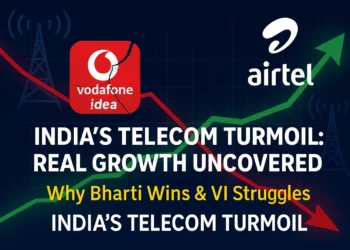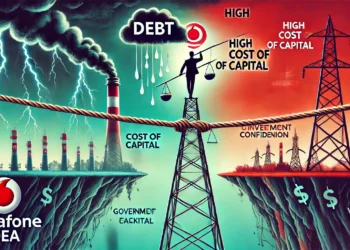Recently, The Economic Times published a story highlighting that the Department of Telecommunications (DoT) has revised the Electromagnetic Field (EMF) exposure limits for telecom service providers in India, increasing the threshold to five times the previous levels. The article speculates that this move could benefit mobile operators by expanding the coverage of their cell sites, potentially reducing the need for additional sites or improving service quality at the cell edges. This, in turn, could lead to better consumer experiences, including improved data speeds and fewer dead zones.
Given that 5G primarily operates in higher frequency bands, such as 3.5 GHz and 26 GHz, the revision is expected to enhance 5G coverage and improve user experience. However, EMF radiation has been a contentious issue since the early days of India’s mobile revolution. Activists have often raised concerns about potential health hazards, taken the matter to court, and campaigned for stricter regulations.






